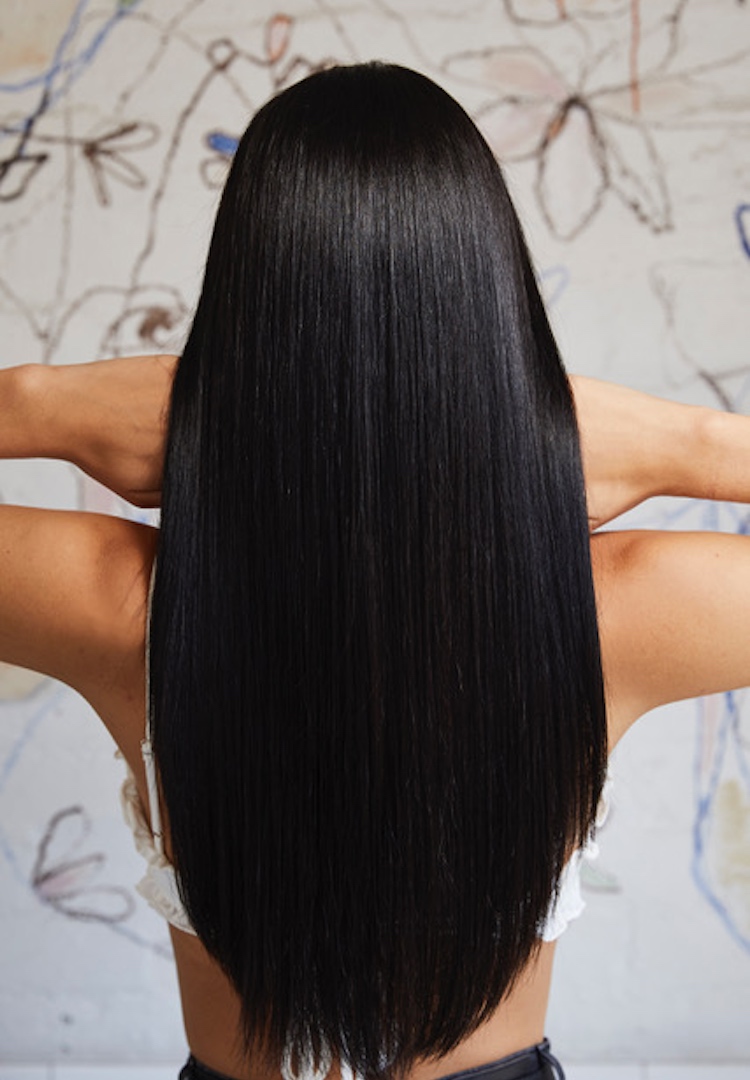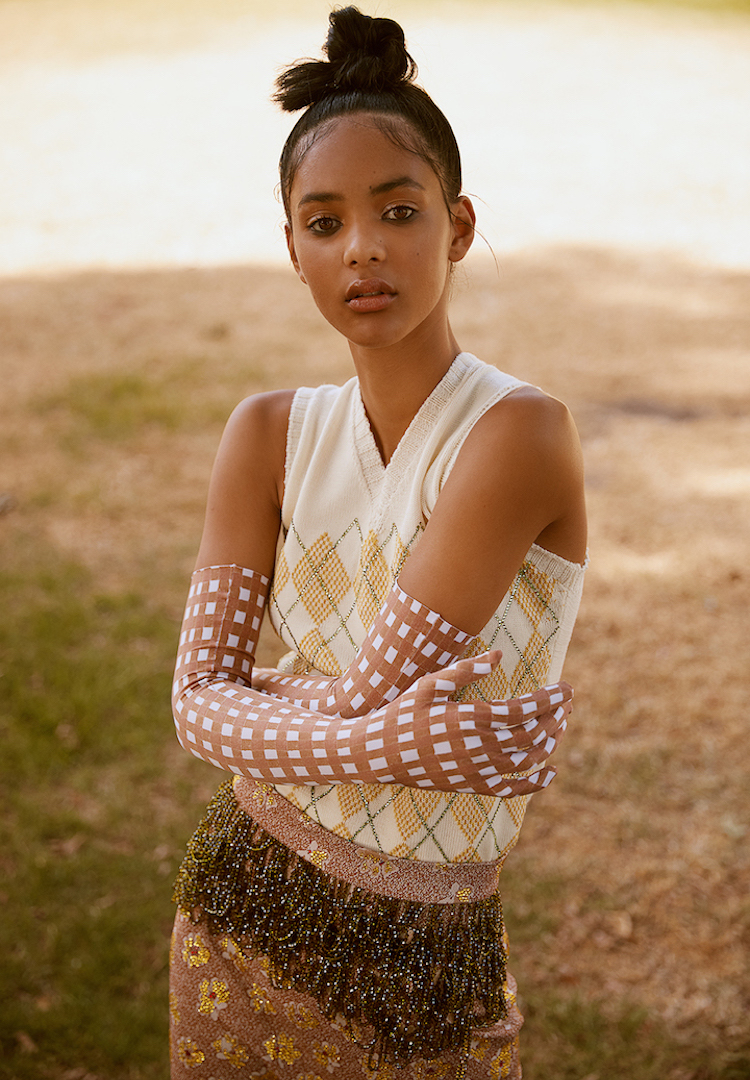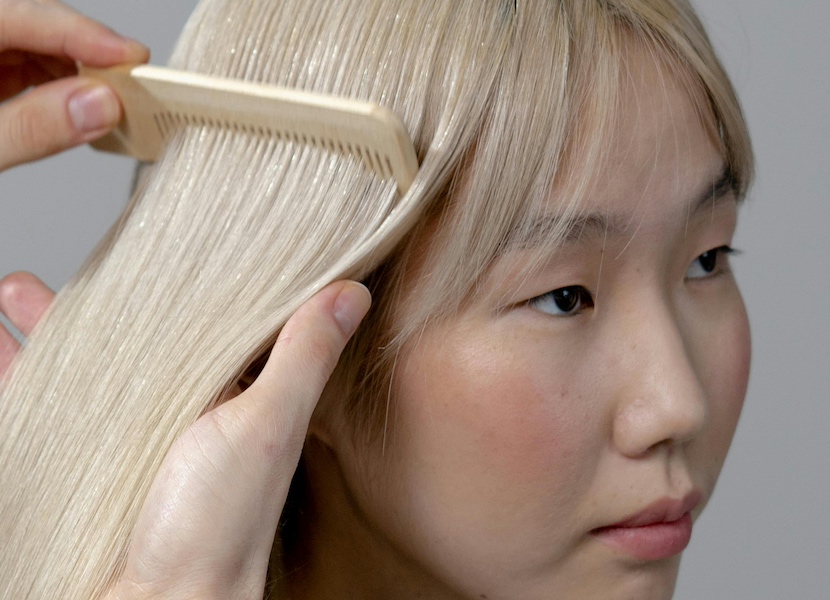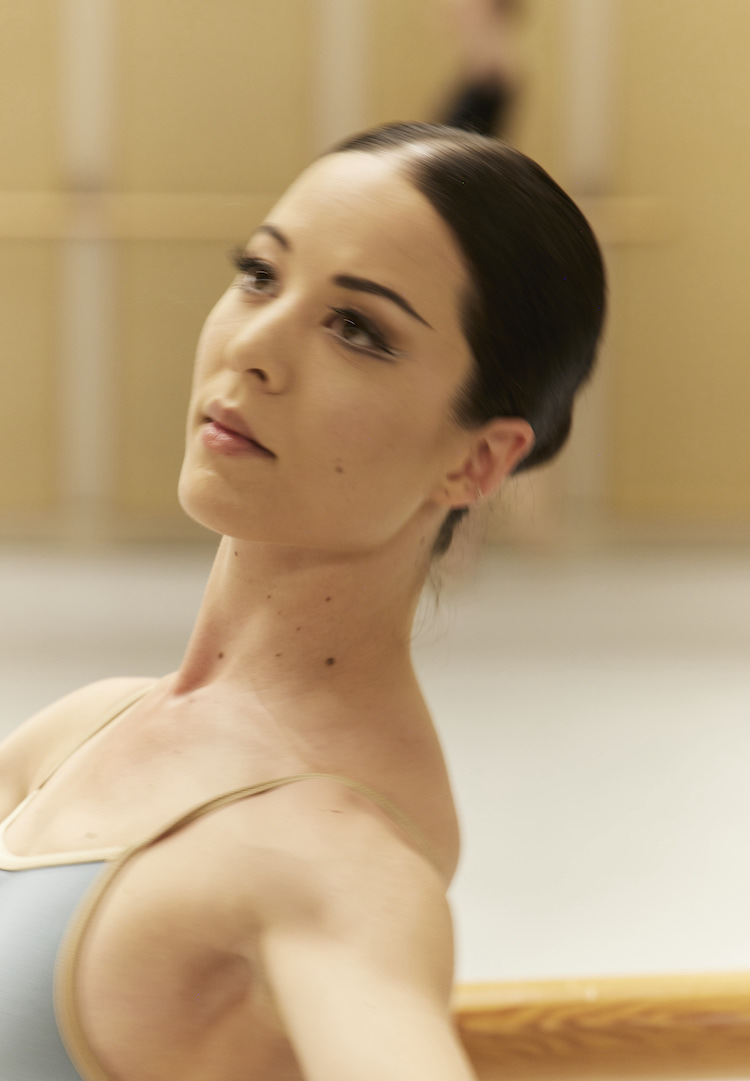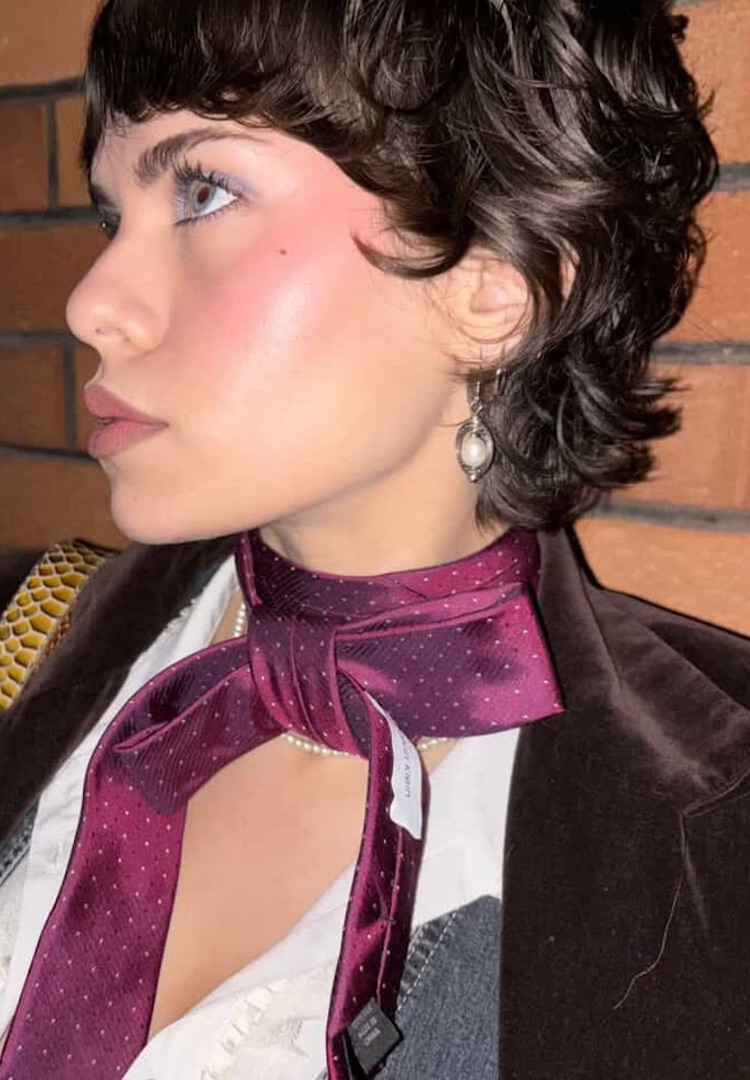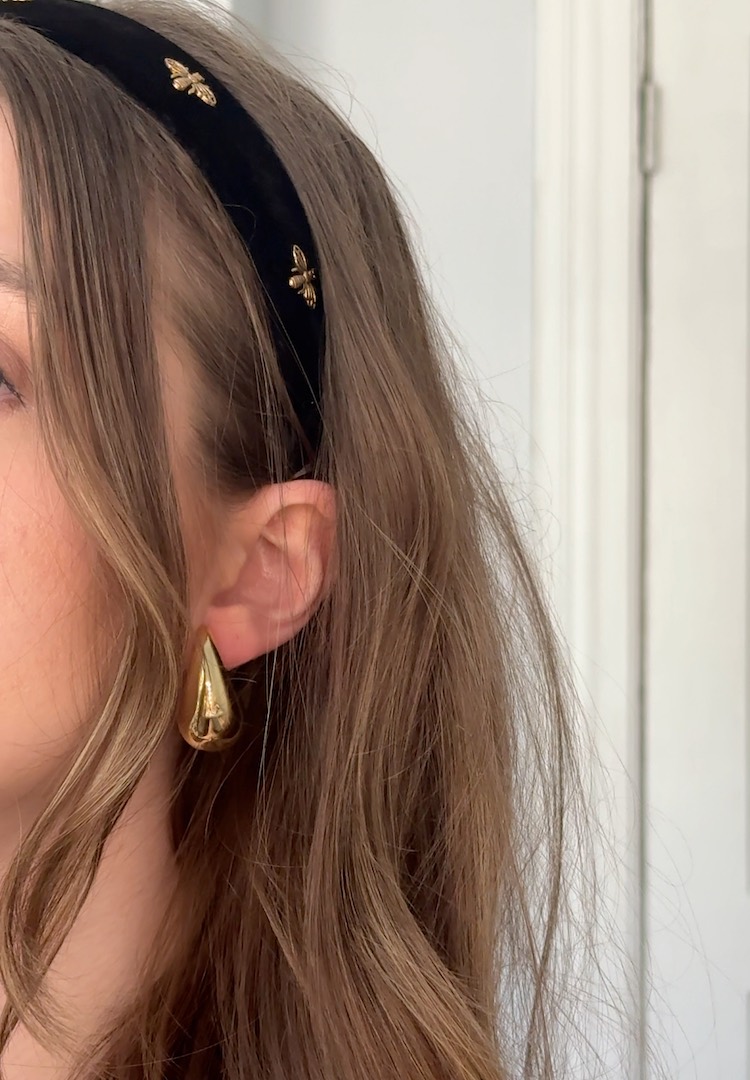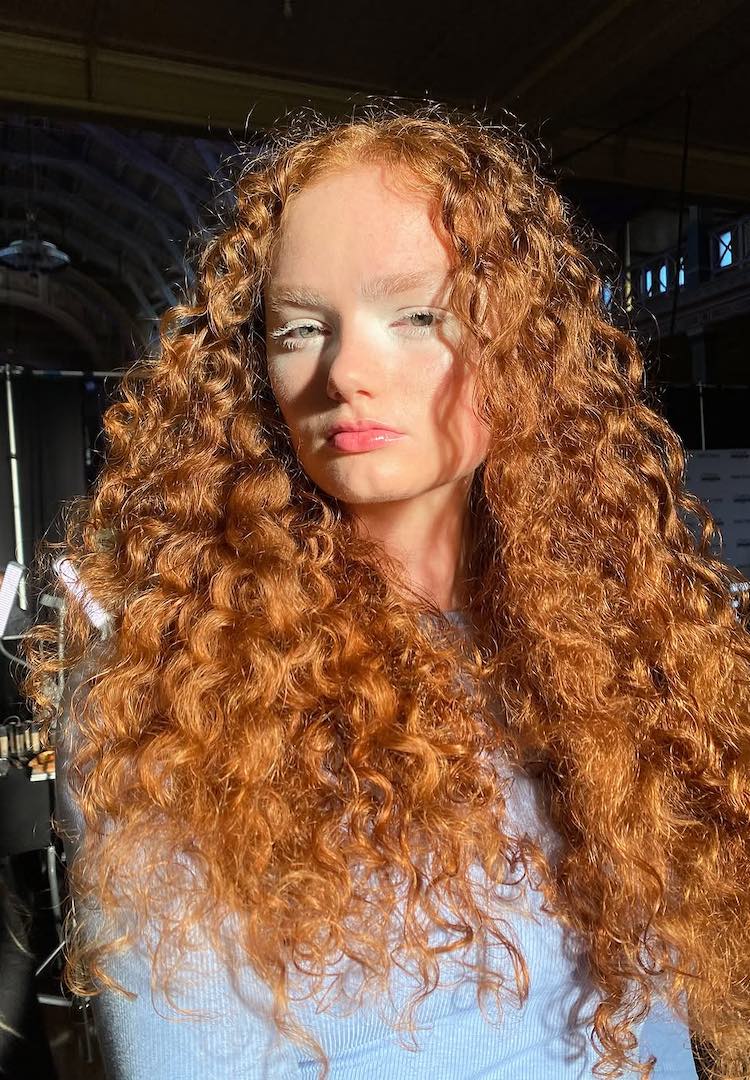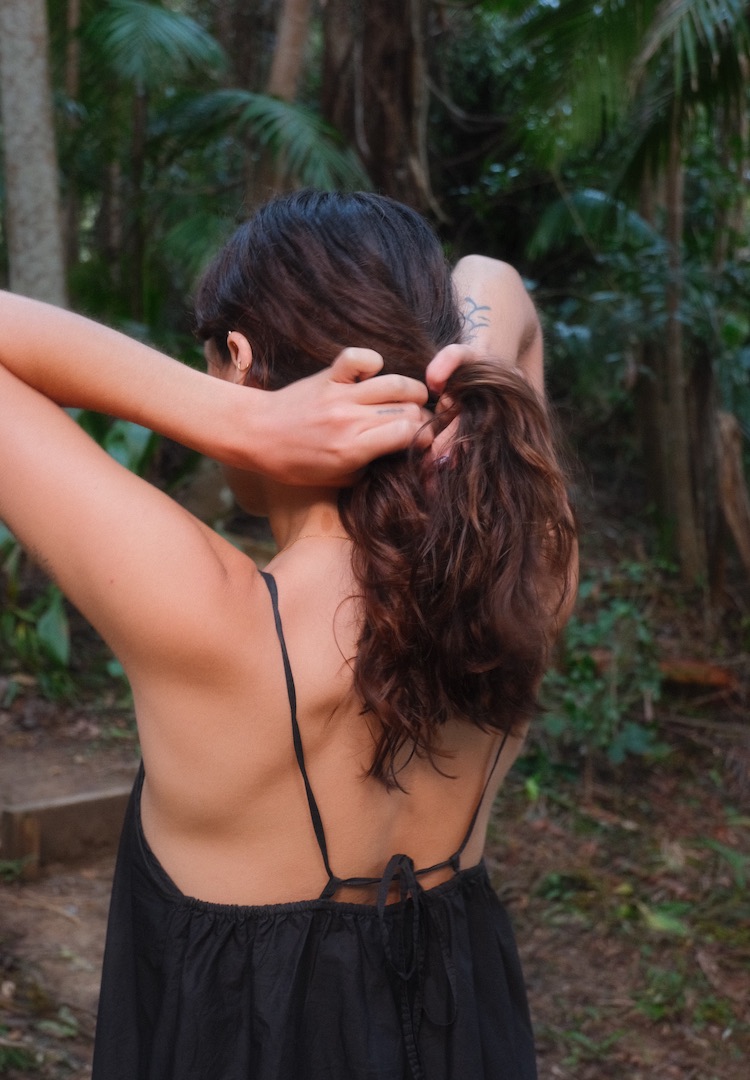A hair stylist on the mistakes she sees her clients make going blonde
WORDS BY DAISY HENRY
“Slow and steady wins the (blonde) race.”
Almost everyone I know has attempted to go blonde at some point in their life – or at least thought about it. Whether it was just a few highlights, half a head of foils or (for the more daring) a full scalp bleach, it’s something a lot of people have experimented with.
Depending on your hair type, this might’ve been a smooth transition that left your hair largely intact. For me, attempts to lighten my hair took multiple salon appointments that ran upwards of five hours, requiring many leave-in treatments so my ends didn’t snap off. Going blonde was a commitment and while I loved it, it required constant attention and maintenance.
Want to snoop inside the beauty regimes of other creatives? Head here.
My mum’s blonde bob, on the other hand, is a constant point of envy. Despite being a brunette, her hair lightens easily and she manages to stretch out appointments by using a toning shampoo and conditioner. I’ve taken after my dad, inheriting his family’s thick, dark Fijian hair.
Successfully going blonde can depend on so many factors, meaning it’s best to turn to a professional for advice. Stylist and owner of Rumbie and Co salon, Rumbie Mutsiwa turned to hairdressing after noticing a lack of salons that catered to textured, Afro hair. As a stylist who specialises in black and curly hair types, she’s steadily built a name for herself in the industry, working with big clients like Shark Beauty and styling hair at Australian Fashion Week. She also knows a thing or two about going blonde.
What happens when you bleach your hair?
Going blonde involves a lot more than just bleaching your hair, but it’s an important first step. Essentially, hair bleach strip your hair of colour so you can successfully use a dye over the top. It’s a fast and easy way to achieve your desired shade, there are other factors to consider.
“Bleaching removes your natural pigment, weakening hair and causing dryness,” Rumbie tells me. The process of bleaching reduces your hair’s moisture levels and alters its elasticity, making it prone to split ends and breakage.
To maintain your hair’s health, Rumbie suggests using a moisture-packed leave-in conditioner and indulging in a weekly ultra-hydrating hair mask or protein treatment.
Are certain hair types more suited to going blonde?
The result of bleaching your hair depends on how dark it is to begin with. The longer bleach is left on, the more pigment it dissolves, resulting in a lighter colour. So if your hair has blonde tones, it’ll be a quicker process than if your hair is naturally dark, which might require a few extra rounds.
“Blonde is a fun, universal shade – it can look fab on all hair types!” Rumbie says. “But if you’ve got fragile or fine hair, it’ll need some extra TLC.”
Whatever your hair type, Rumbie suggests consulting a professional to help you make the change and find the right shade to suit you (a crucial step). Pictures of what you like are good for inspiration, but they’re just inspiration – your skin tone, eye colour and hair texture should all be taken into consideration.
How to safely bleach hair: Advice for people wanting to go from brunette to blonde hair
“Slow and steady wins the (blonde) race,” Rumbie says. She recommends booking a series of appointments that can give your hair time to adjust while mitigating damage. “Skip the sudden, harsh lightening sessions and ease into the transition.”
Depending on how light you want to go, it’s worth factoring in budget and time before making the switch. When I first lightened my hair, I was armed with photos and expectations of what I wanted it to look like. Luckily for me, my hairdresser was upfront about what going blonde involved.
Half a head of foils cost upwards of $500 and because my hair is naturally dark, it meant sitting in the salon chair for hours at a time. And it didn’t stop there – most hairdressers tend to recommend six to eight-week appointments to maintain your colour. I loved the result every time, but it’s by no means a cheap endeavour.
Keeping your hair healthy throughout this process is also a big consideration. Rumbie stresses that deep conditioning is of utmost importance as well as working with heat styling tools that are more gentle on your tresses. “I find the Shark SpeedStyle tool is perfect for keeping that post-bleach hair happy and healthy, minimising heat damage,” Rumbie adds.
Common mistakes
According to Rumbie, one of the biggest missteps she sees is when people impulsively go blonde without prepping their hair. It’s important to make sure your hair is healthy and strong so it can withstand the (often harsh) transition.
Working with a professional is also important. “The classic DIY bleach job is tempting, but so risky,” Rumbie says, with risks including uneven colour, scalp irritation and at its worst, your hair snapping off. “Try to leave the lightening to the pros.”
Even with a professional touch, bleached hair is often vulnerable to damage, particularly from heat styling. Rumbie highlights the importance of adding heat protectants to your hair routine, adding “Your hair will thank you!”
What to avoid
Freshly bleached hair is delicate and requires some love. “Steer clear of high heat, tight hairstyles, and any additional chemical treatments for at least two weeks,” Rumbie advises.
“Stick to low heat settings with your styling tools and avoid yanking or brushing too harshly. Keep it loose and easy and enjoy being blonde!”
For more on going blonde, try this.

